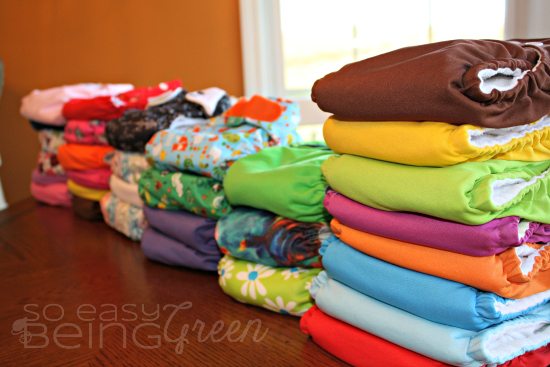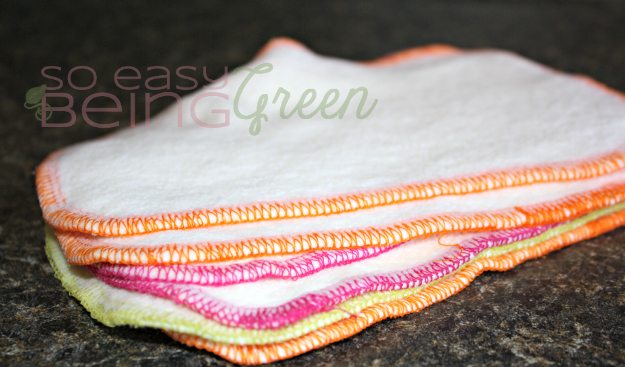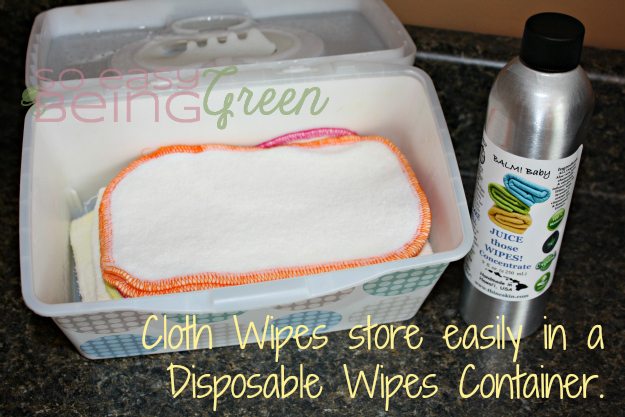I can’t believe that the holidays are just around the corner. The holiday season is one of the times where the most money is spent on buying gifts for other people. Whether you are buying gifts for family members, friends, or even those in need this holiday season, why not think about giving the gift of cloth diapers.
If you are reading this blog article, it probably means that you have or know someone with young babies in cloth diapers, or are even thinking about using them yourself. If this is the case, why not give the gift of cloth diapers to someone you know?
Too often around the holidays we get and even give gifts that are not always the most practical or useful. I know for me personally, I would love it if some of the gifts I received helped in my everyday life, and as a new mom, that includes diapers! I would love it if my boys had received cloth diapers as a Christmas gift! It could and would have been an item I used all year around! It could and would have saved us a ton of money on cloth diapers if people had bought them for us! It is a practical yet economical gift to give or receive.
WHERE TO BEGIN?
If You Would Like to Give Cloth Diapers
Pay attention to the family and friends around you who might be curious about cloth diapers. Take note if they make comments indicating they might want to try them out. For instance, I have a friend who announced on her facebook page that she was looking for unused cloth diapers. It doesn’t get much clearer than that! This is the perfect opportunity to give the gift of cloth diapers. You can start off with a single diaper, or even a small gift set depending on your budget!
If You Would Like to Receive Cloth Diapers
Make it clear what you need. I always have this problem with my family. I am never clear about what I might need and then end up getting things I don’t need or end up returning. It is better for all parties involved if you make it clear to them because they will appreciate getting you something you will use, while you will appreciate saving money and a more practical gift! If your family does not ask what you or your baby would like, why not make a “Wish List.” Many online stores allow you to make a list of items you would like. Simply e-mail this list to friends and family and you are all set to go!
Have you ever given or received the gift of cloth diapers?
Contributed by: Julie











.png)






















